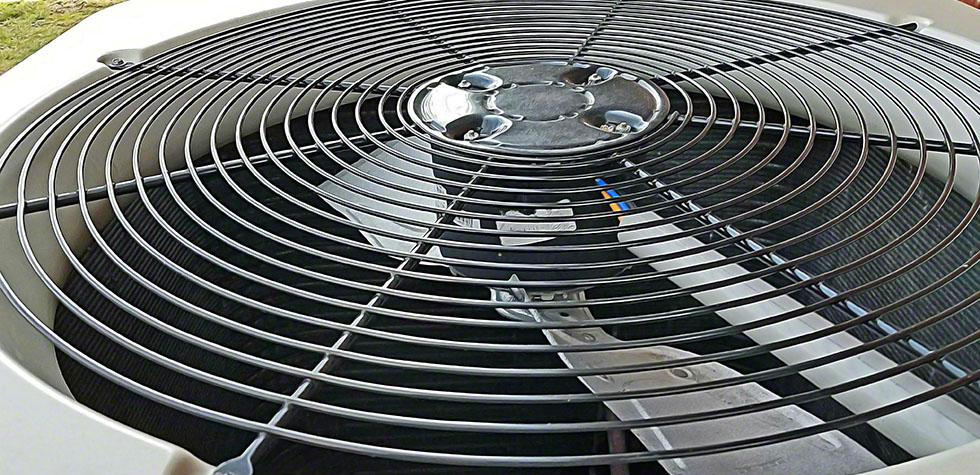A condenser fan motor is inside the condenser unit of a heat pump. It drives the fan inside the condenser to circulate air in the unit. It can dissipate heat from the condenser coils and also prevent the unit from freezing up in winter. For replacing a condenser fan motor, consult heat pump repair services. Keep reading if you want to carry out the process yourself.
Buy A Condenser Fan Motor And Capacitor
To change the condenser fan motor, you will need to buy a new condenser fan motor and capacitors. Installing new capacitors with a new motor is critical for the functioning of the new motor.
Read the label on the heat pump, and on the condenser fan motor, or consult the user manual to learn the exact model number of the fan motor. But if the model number is not known, there are universal fan motors you can use. Remove the motor and take it to a supplier so they give the correct replacement motor.
Additionally, you will require two new capacitors –the start capacitor and the run capacitor. In some heat pump and HVAC units, both of these capacitors are combined in one bigger capacitor called a dual run capacitor.
These capacitors give the fan motor the boost to start and keep working. Oftentimes, the cause of a heat pump fan not working is the capacitor. So, check them to make sure they are not faulty.
When buying a capacitor with the motor, keep in mind that a capacitor must match its fan motor. So, it’s better to take pictures of both and show them to a supplier or remove the components and take them to a supplier.
Replacing The Start Capacitor
The steps for replacing the start capacitor are below:
- Switch off the power to the heat pump. Turn off the breaker and make sure that it’s in the off position.
- Locate the side panel, unscrew the bolts, and remove the panel.
- Find the capacitor. You may find one big or two small capacitors. Don’t touch the capacitors before discharging them.
- Take pictures of the wires before removing them.
- Remove the wires from the old capacitor and attached them to the new capacitor.
- You may have removed a curved metal bracket, and place the capacitor and bracket back in their positions.
- Put the panel back into place and tighten the screws.
Replacing The Condenser Fan Motor
The steps are below. To avoid confusion, take a picture of the components before taking each step.
- Turns off the heat pump and double-check that it’s off.
- The fan motor is easy to locate because it’s under the fan you can see in the condenser unit.
- Unscrew the bolts on the circular grill on top of the heat pump unit.
- Notice the position of the fan motor and its connection to the fan. You can remove the motor from the unit. Cut the wires if they are too short and get in the way when removing the motor.
- The next is removing the motor from its shaft. Before this step, take note of which way the fan blades sit because the fan blades must turn in the correct direction otherwise the fan won’t pull air out of the unit. If it’s rusted, make use of sandpaper to remove it.
- You can put the fan on the new making sure the blades are in the correct direction.
- For connecting the wiring, use the schematic or instructions on the new motor. This step will take the most time so don’t hustle and make sure the wiring is correct.
- When done, put the motor back into the unit and tighten the screws.
- Place the grill back in its place and tighten the bolts.
Amperage Test
To make sure that you have correctly placed and connected everything, perform an amperage test. The amperage test should show a result lower than the rated amp of the motor. So, if the motor is rated 1.6 amps, 0.9 amps on the multimeter will be fine.
Conclusion
A condenser fan motor is an essential component of a heat pump and you should replace it ASAP when it goes bad. If the steps above are confusing, find HVAC companies Huntington that have experts who can perform the replacement safely.



